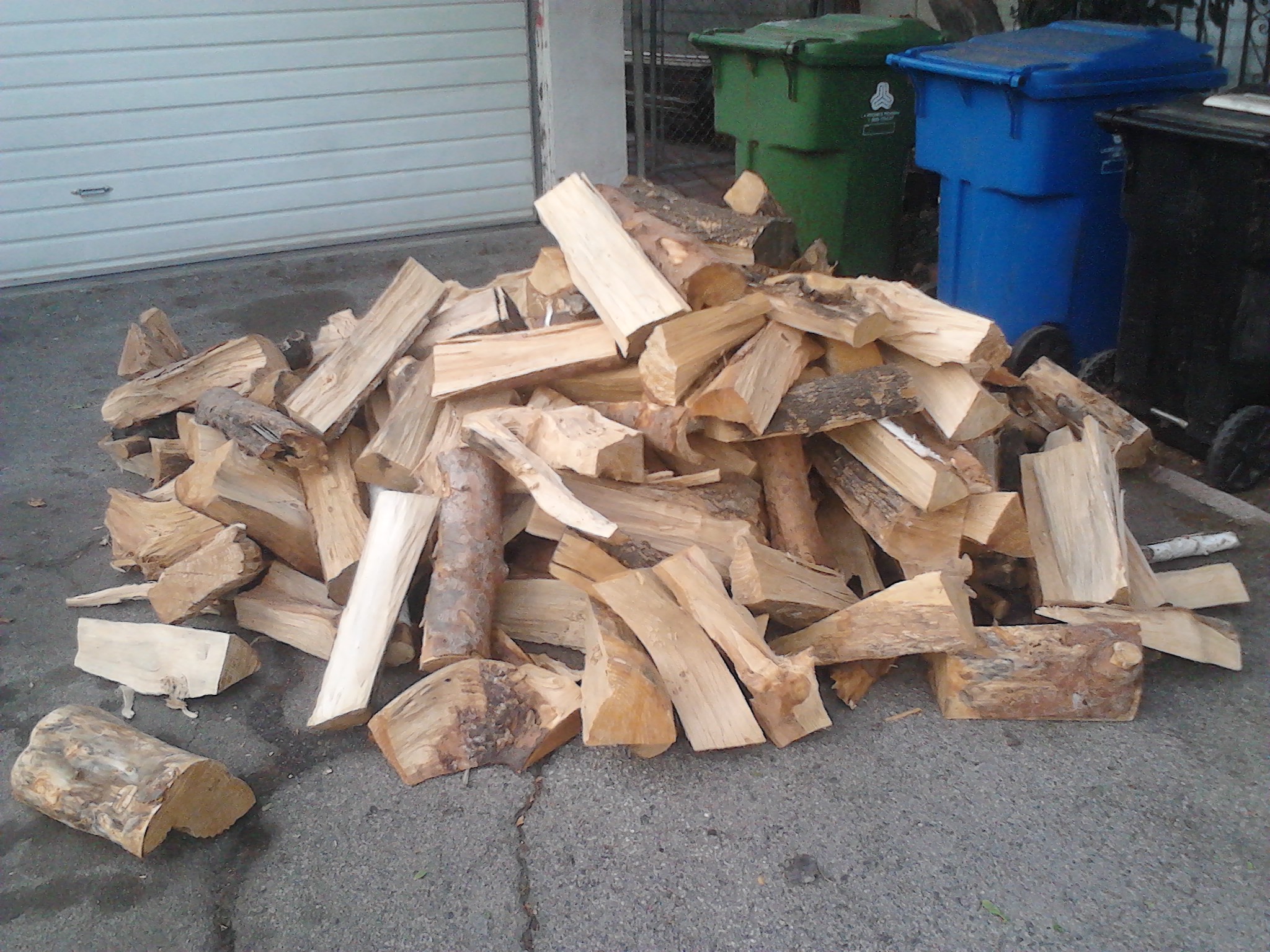
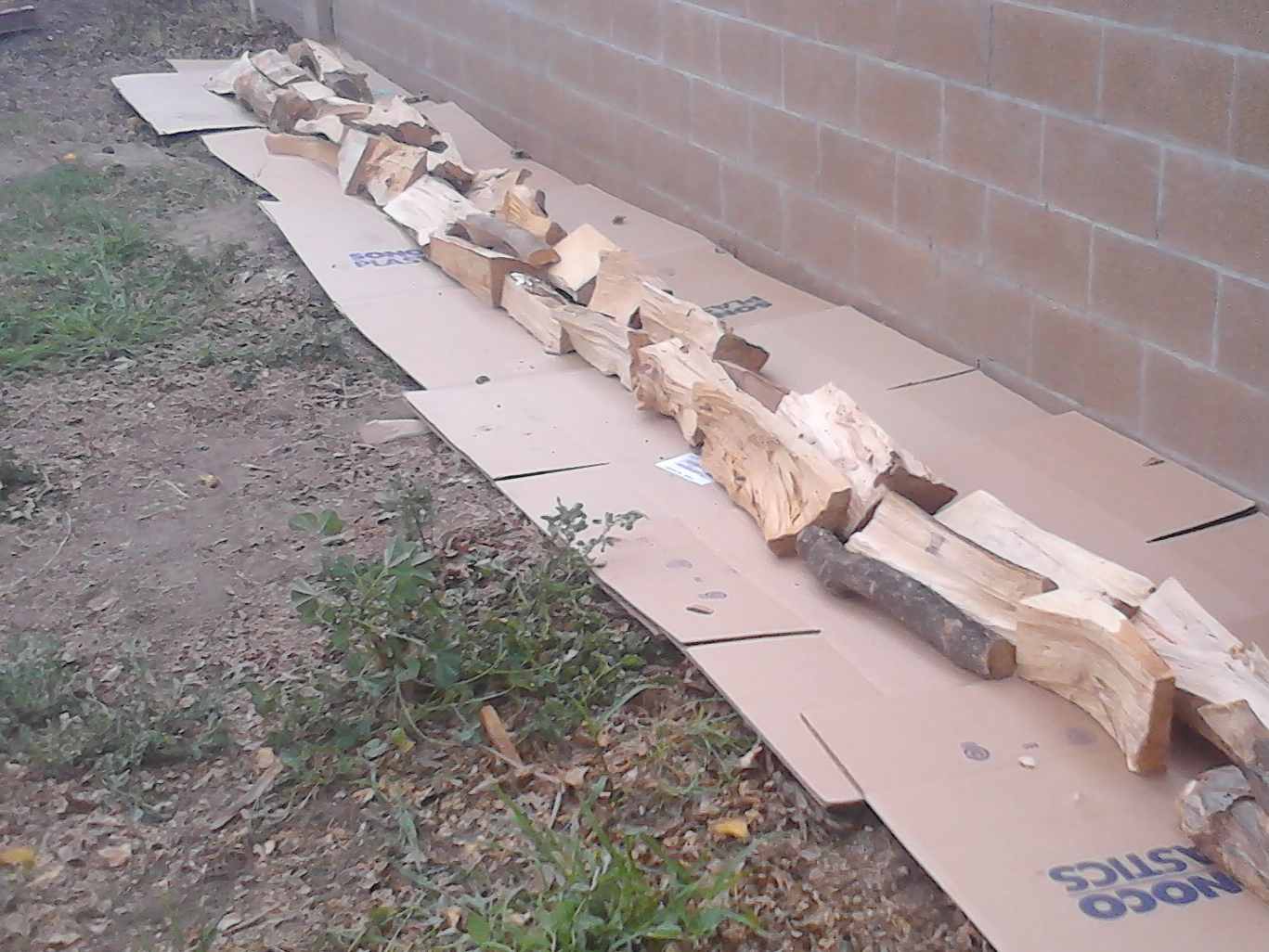
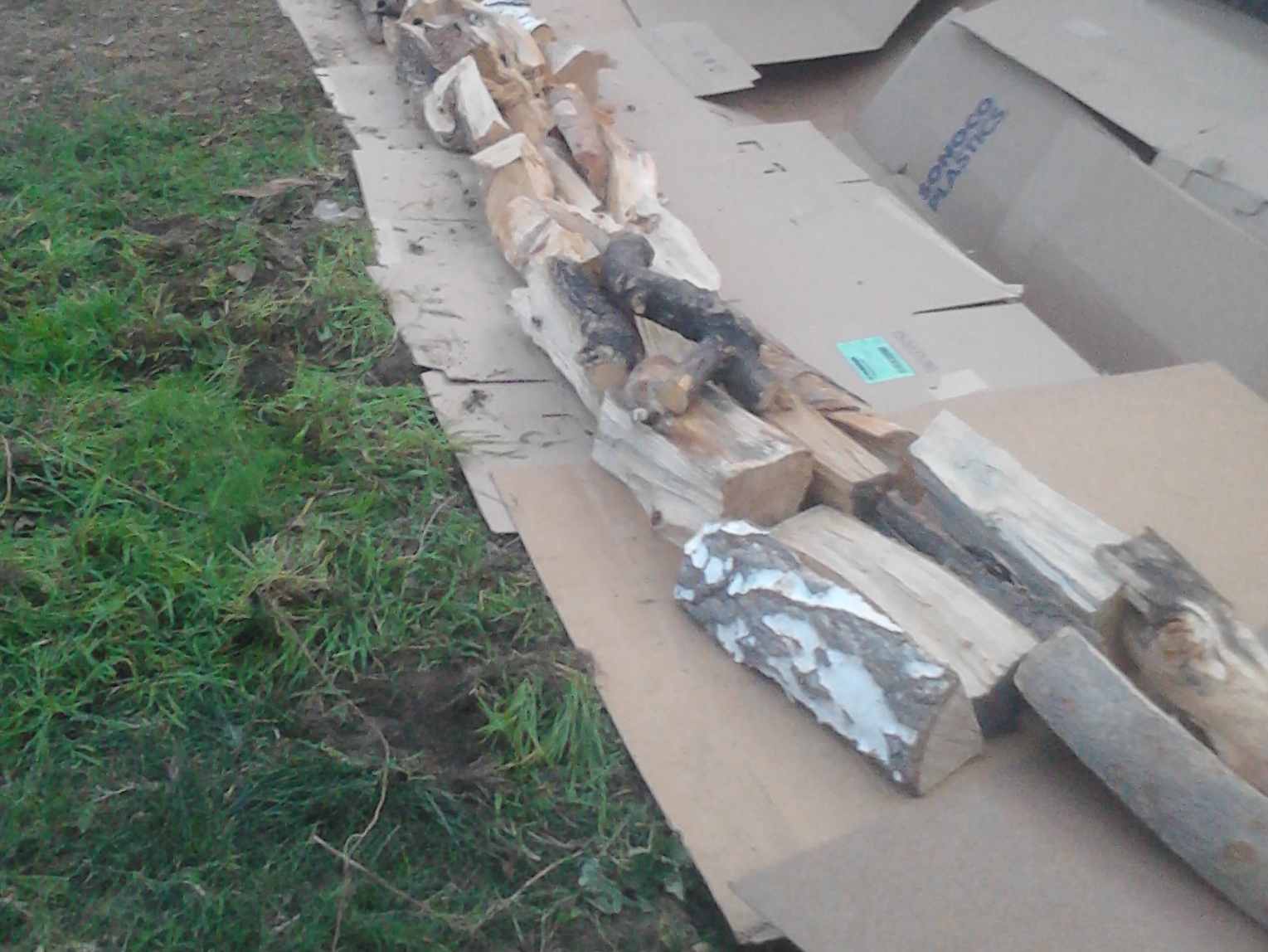
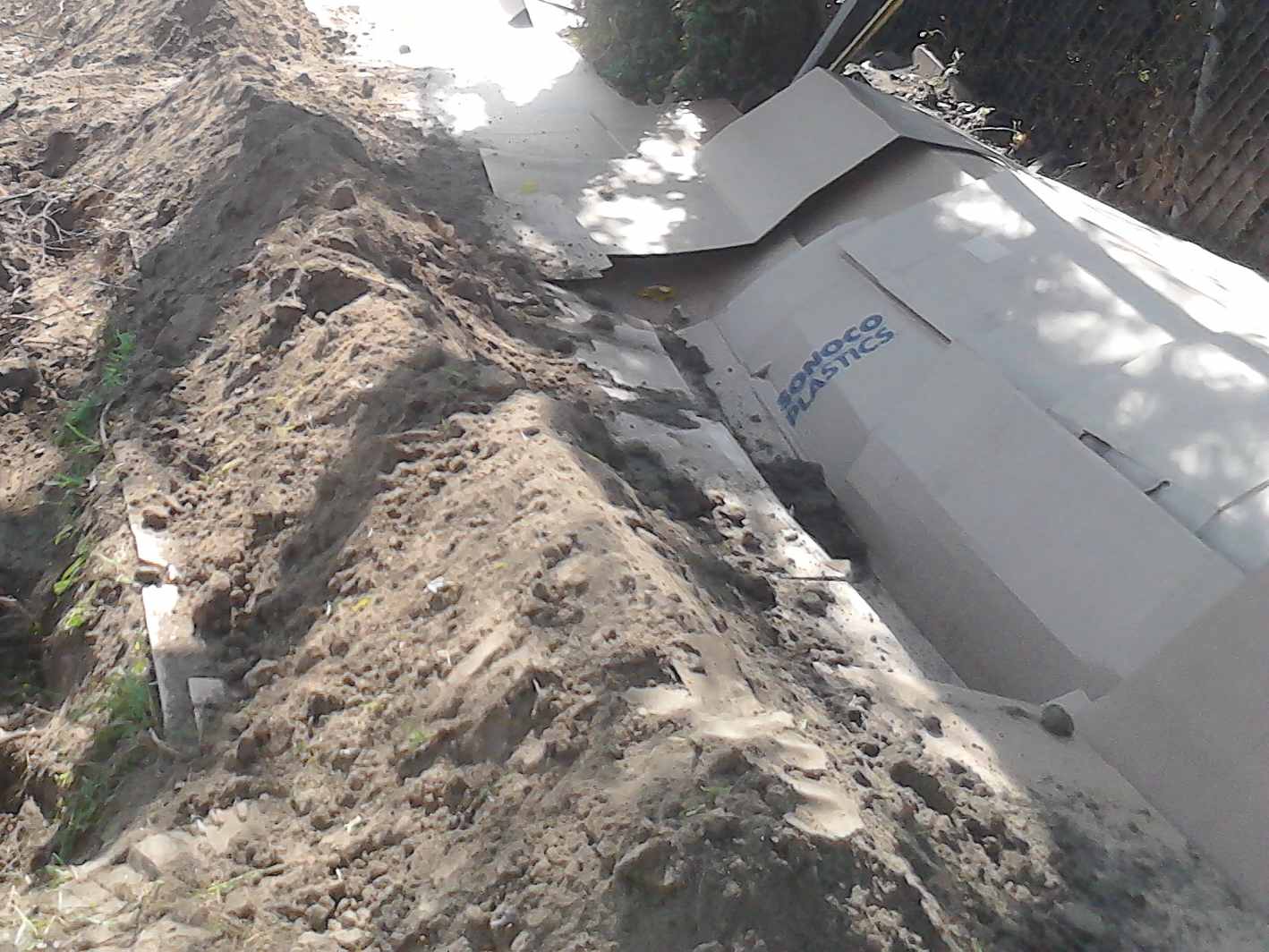
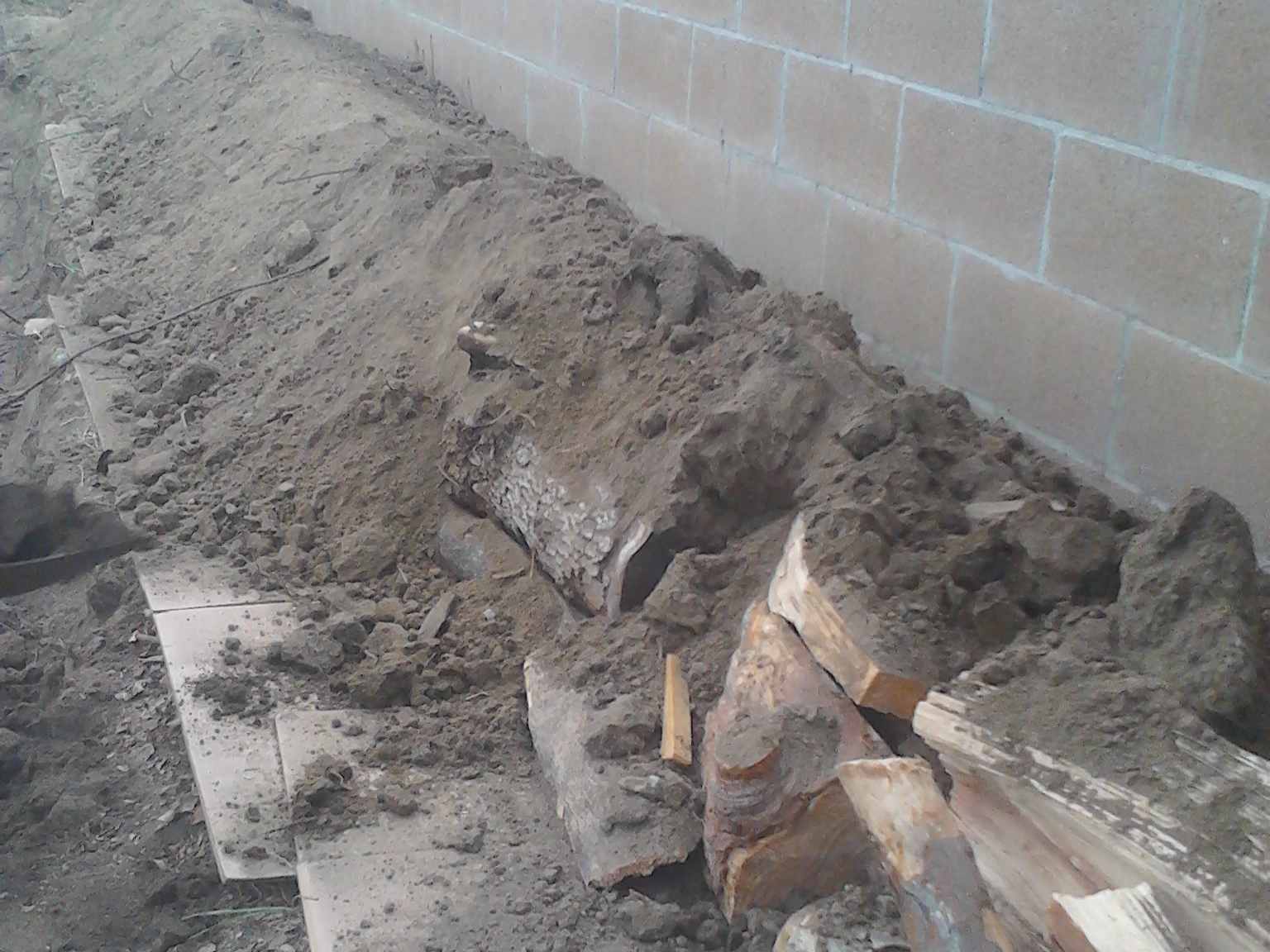
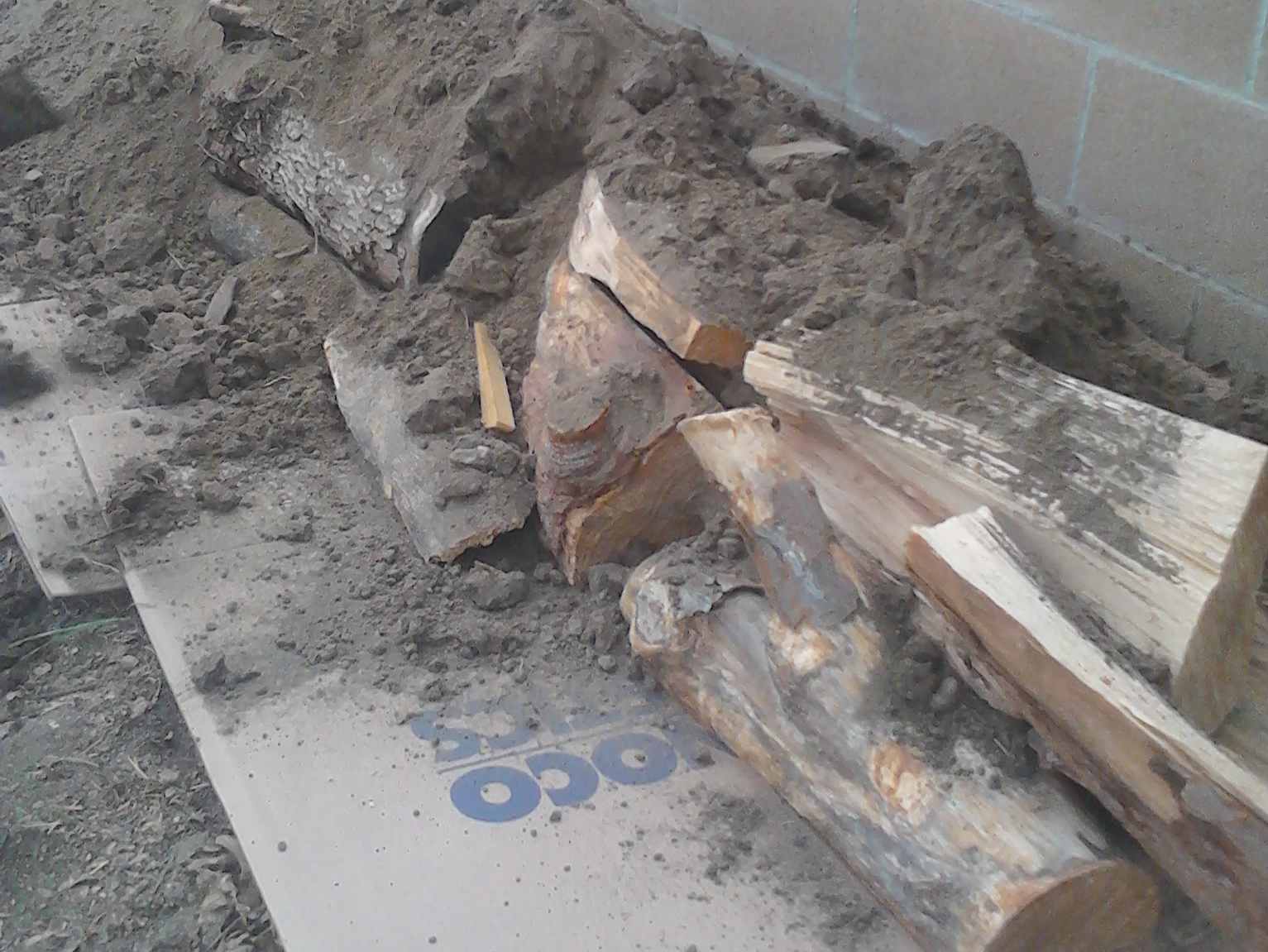
Experiments in Backyard Micro Hugelkultur Wood Core Dirt Mound Subirrigation Systems
Hugelkultur is a traditional practice out of Europe of burying rotting wood in a tall mound of soil to allow the decaying wood material to act like a sponge for moisture that would last year round. They've been rediscovered and promoted in recent years within the permaculture movement. There has been a revival of sorts and while there are those who are very strict purists about the original design specifications of the hugelkultur mound gardening and farming system, many have ventured to experiment and adapt the concept to various scales. Of course, such diversions from the traditional methods get varying results. As always, so many factors are at play to determine how effective (if at all) any tactic or strategy will be. I personally like the idea that if you have clean, non-toxic, scrap wood, lumber, branches, logs, etc. that would otherwise be burned, and it's not ideal to chip/shred, than no better use than to bury under a garden bed or build a mound. Generally the climate determines whether it's best to have a sunken or raised bed, that is, whether or not to dig a concave bowl or trench shape, or to pile up a convex berm or mound. I've done both with hugelkultur based on the climate type.
At some point, it's no longer technically correct to call it "hugel" kultur as that refers to the "mound". Many have arrived on the cross-climate terminology of "wood core" bed, that way it can be sunken, raised, dumped in the trunk of a rusting corpse of a car, etc. It's no longer necessarily a mound, just the effect of a water absorbing core of rotting wood. This of course also becomes great habitat for fungal networks and all kinds of soil biology. As many permaculturists like to say, "a forest grows on a fallen forest", in other words, from death comes life as producers, consumers, and decomposers cycle and recycle nutrients. Sometimes the most robust vegetation you'll see in a forest is that which is literally growing straight out and up from a dead log or stump, that's the idea: bio-mimickry. If it's happening in nature, and it's healthy, probably best to reverse engineer it in a low tech way. So this wood core bed method is a great value-add across climates, with few foreseeable issues.
It has been noted that the combination of contour or swale mounds may be ill advised because, like most rainwater and run-off catchment systems, there's always a chance they will get over-filled, breeched, and result in downstream/downslope hazards. So a word of caution when it comes to placing any potentially movable solid materials such as logs in the path of a raging storm or flood water wave.
Aside from that, there are many types of woody materials from trees such as eucalyptus and pine among others that are considered "allelopathic". This term refers to the effect whereby biochemicals produced by a given organism may inhibit the growth of other organisms nearby. By simple observation it's notable that some forest floors have almost nothing growing around certain trees, this may be more than just the result of the canopy fully shading the areas out.
Luckily it's never been a terrible set back for me though I do recall "getting what I paid for" when I solicited a number of tree-care arborist companies to drop their entire full dump truck sized tree and landscape trimming loads at my project sites. It was hit or miss whether I'd get lots of very harmless and helpful mixed materials, or a full load of pine or eucalyptus chips. Ultimately I'd find ways to make it work by pitch fork or by bobcat load, to move that which was less potentially risky to more delicate planting areas, and that which was potentially more harmful to more established areas, paths, weedy areas, etc. However, ideally, I'd just set aside the budget to have more control over the materials. Nothing is better than knowing exactly what’s in your mulch.
Some raise the concern that the rotting wood in wood core beds robs the soil of nutrients, I'm not a scientist, however in my experience, the gift that is being a human is that we have the ability to think ahead and adapt to changing circumstances. Sometimes there's too much of one type of fertility, sometimes not enough, the art becomes knowing how to be a good soil chef as it were. So I'd say, there's no rule of thumb that I'm adherent to about this method, though it's worth looking up recommended ratios of logs to branches, wood to soil, height-to-width, etc. It should go without saying that ideally you're growing plants in a healthy deep mature soil amended by compost, or starting with pure compost while the native soil builds over time. So plenty of fertile mineral and organic (dirt/compost) soil as a growing medium is a must. As far as the substrate below that, better it be water absorbing material like rotting wood, than hydrophobic poorly draining clay or just hard-pan bedrock where the water will run-off downslope and not be retained.
Some permaculturists even recommend lining garden bed bases with old clothes, carpets, phone books (when they existed), newspapers, etc. anything, literally anything that's marginally fibrous and not deadly toxic to slow down without stopping the draining of water.
In the photos here, this was a very micro scale experiment with something like half a cord of fire wood delivered to the backyard project site. These alternating patterns of sunken foot paths and wood mounds, ultimately proved to be pushing the miniaturization too far in that the amount of excavated dirt from the pathways wasn't quite enough to get an adequate depth of growing medium covering the logs, even with imported compost and mulch added. It was a worthwhile attempt, though ultimately these mounds got leveled out and the split logs reused as outer path liners for a series of more broad beds.
Luckily we all agreed that while this scaling experiment was not quite meant to be, the end result of the happy little accident was that all of the ingredients for a flourishing food forest ecology were put in place, it just took some rearrangement to get it to sing as intended.
If I were to do this again, I'd like have just made a couple of test mound areas with half of the wood, dug a pond for extra fill dirt, and used the other half of the remaining wood to make the natural ornate bed/pathway liners. I much prefer natural wood or unmachined stone to pavers, bricks, etc. It was nice to see over time that while the wood ended up not being buried, it still did a great job to provide habitat for wildlife on the edges of the beds/pathways, and where in contact with the soil and in the shade, it was able to contribute a great deal to the health and vitality of the fungal networks.
So, as I like to say, we borrow parts of the forest to make a new forest. Here you see a few of the many ingredients, but in total we brought in rescued used cardboard boxes, chipped/shredded mulch, finished compost, straw bales, and split logs. After a few seasons of plantings and consistent watering, the ecosystem began to sing, and life occupied all of the many textures of "fallen forest".
Now compare this with the paradigm of chemical fertilizers being dumped on bare dirt on a mass scale, home to nothing, toxic run-off nightmare of death to everything downslope and downstream. Bless the arborists, landscapers, and other recyclers of organic materials, they are are our last and only hope!
I once had the opportunity to work with a mobile chipper/shredder crew, it was one of the most impressive and theatrical job site experiences ever to behold...